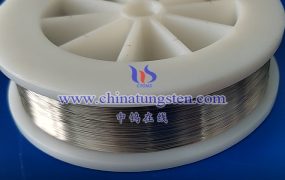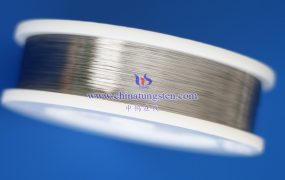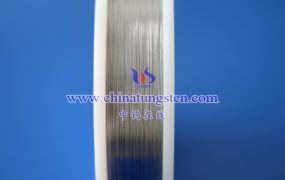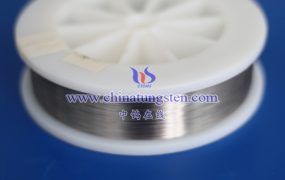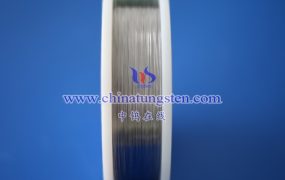Predicting and analyzing the behavior of tungsten wire under extreme conditions through simulation is a complex but important process. Here are some key steps and methods that can be used to perform such simulations:
- Determine the simulation goals and conditions
Clarify the simulation goals:
Determine the extreme conditions that need to be simulated, such as high temperature, high pressure, strong electromagnetic field, etc.
Clarify the behavior of the tungsten wire that needs to be analyzed, such as deformation, fracture, conductivity change, etc.
Set simulation conditions:
Set reasonable boundary conditions and initial conditions according to the actual working environment.
Consider the changes in material properties with temperature, pressure and other conditions, as well as possible phase change processes.
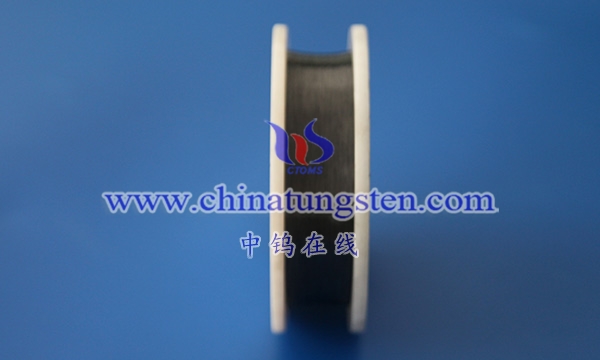
- Choose appropriate simulation software and models
Simulation software:
Choose simulation software that can handle complex physical phenomena, such as Ansys, Abaqus, Comsol, etc.
Make sure the software has the ability to handle multi-physics coupling such as high temperature, high pressure, electromagnetic field, etc.
Simulation model:
Establish a geometric model of the tungsten wire, considering its actual size and shape.
Choose a suitable material model to describe the physical and chemical properties of the tungsten wire under different conditions.
- Set simulation parameters and boundary conditions
Material parameters:
Enter the density, elastic modulus, thermal conductivity, conductivity and other parameters of the tungsten wire at different temperatures and pressures.
Consider the thermal expansion coefficient and phase change process of the material with temperature.
Boundary conditions:
Set reasonable boundary conditions, such as fixed ends, loading forces, temperature gradients, electromagnetic field distribution, etc.
Ensure that the boundary conditions are consistent with the actual situation to reflect the real physical phenomena.
- Run the simulation and analyze the results
Run the simulation:
Run the model in the simulation software to observe the changes in the behavior of the tungsten wire under extreme conditions.
Monitor the changes in key parameters such as stress, strain, temperature, conductivity, etc.
Analyze the results:
Analyze the simulation results to identify potential problems and risks of tungsten wire under extreme conditions.
Compare the simulation results with the experimental results (if available) to verify the accuracy and reliability of the model.
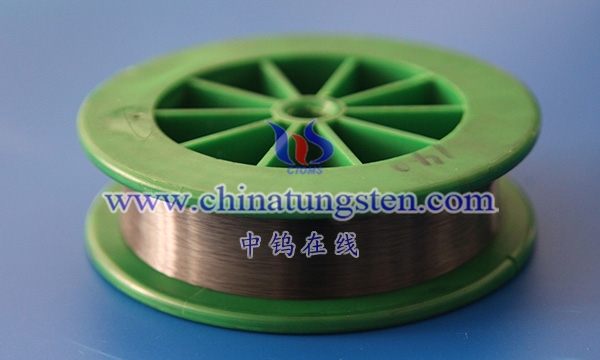
- Optimize and improve the simulation model
Model verification:
Verify the accuracy and reliability of the simulation model by comparing with experimental results or other reliable data.
According to the verification results, adjust and optimize the model to improve the accuracy and credibility of the prediction.
Model improvement:
Consider more physical phenomena and factors, such as thermal radiation, thermal convection, material nonlinearity, etc., to further improve the simulation model.
Use higher-level simulation technologies, such as multi-scale simulation and parallel computing, to improve simulation efficiency and accuracy.
- Use simulation results to guide practice
Guide design:
Use simulation results to guide the design and optimization of tungsten wire to improve its ability to withstand extreme conditions.
Develop targeted solutions and improvement measures based on the risks and problems predicted by simulation.
Training and education:
Use simulation results to conduct training and education activities to improve the knowledge and understanding of relevant personnel on the behavior of tungsten wire under extreme conditions.
More details of tungsten wires, please visit website: http://tungsten.com.cn/tungsten-wires.html
Please contact CHINATUNGSTEN for inquiry and order of tungsten needles:
Email: sales@chinatungsten.com
Tel.: +86 592 5129595

